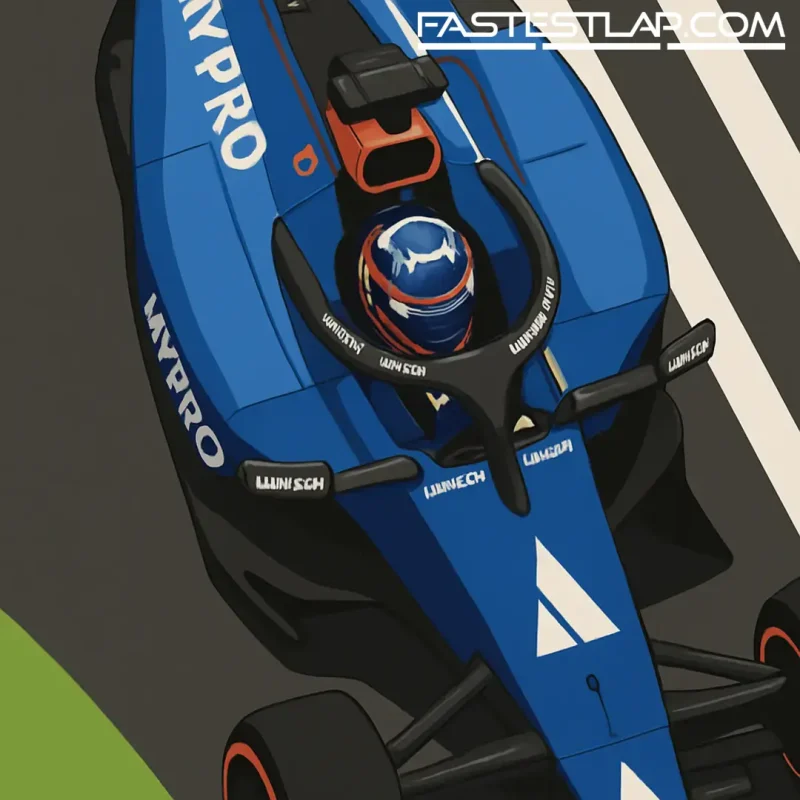Williams’ £555m cash surge shows Dorilton’s rebuild is very much on — even if the 2024 accounts still flash red ink.
The Grove team posted a £49.8m loss for the last financial year, but that came alongside a serious injection of fresh capital and a balance sheet that’s hardening by the quarter. Revenues landed just shy of £180m for F1 2024, operating expenses climbed to £176.2m as the team kept spending into the cap and wider operations, and other operating income rose by 50 percent. Cash at year-end? £25m. Not flush, but a different world from where Williams was not so long ago.
“Whilst the Group remains in a loss position, this is in line with expectations,” said director Matthew Savage, underscoring the strategy to keep investing to drive performance “in the medium and long-term.” He added the balance sheet now carries net assets of £130.1m (up from £67.3m a year earlier), a platform to “return to the front of the grid” and stay financially stable while doing it.
The headline number, though, is the scale of backing. Williams raised £271.5m via a share allotment in October 2024 and another £284m in December, taking last year’s total to £555.5m. It’s part of a pattern. Since Dorilton Capital bought the team from the Williams family in August 2020, the company has completed a string of allotments totalling roughly £1.5bn. That’s not a fly-by-night investor; that’s a long build.
It has to be, because this isn’t a quick-profit story. Sportico valued Williams Grand Prix Engineering at around £920m late in 2024, a dramatic climb from Dorilton’s $200m entry price but still a work in progress relative to the sums poured in. In other words: you don’t do this for a flip. You do it to catch F1’s updraft properly. McLaren’s recent minority-stake sale delivered the kind of 10x return that turns boardrooms giddy. Williams clearly believes it can write a similar arc — just not yet.
Off-track, the commercial engine is finally chiming with the on-track narrative. The team landed a new title partnership with Atlassian in January, billed internally as the biggest in Williams’ history. That arrived on top of a busy sponsor roster through 2024, with Komatsu, Mercado Libre, Globant, Keeper Security, Vast Data and Zoox all jumping aboard. The pitch is simple and increasingly hard to argue with: a credible rebuild, a sharper car, and a brand with a heritage that still sells.
On the sporting side, the upgrade path is obvious. Carlos Sainz joined Alex Albon for 2025 on a multi-year deal, replacing Franco Colapinto, and promptly stuck a Williams on the podium in Baku. That result matters well beyond the selfie moment. With Sainz scoring heavy and Albon consistently chipping in, Williams sits fifth in the Constructors’ standings with 101 points with seven races and three sprints still to go, per the 2025 championship picture. The team managed only 17 points across all of 2024.
Prize money is the next lever. Williams banked an estimated £40.5m for finishing seventh in 2023, then took a hit by slipping to ninth last season — a short-term revenue dip of more than £7.5m for 2025. But if fifth holds this year, the 2026 payout climbs. Combine that with growing partner income and the broader financial boom in F1, and you start to see why Dorilton keeps opening the wallet: the path to recurring, cap-era profitability is there for well-run, upwardly mobile teams.
This is where the numbers meet the mood. The deficit in 2024 is less a red flag than a receipt — evidence of a team investing into facilities, people and car development to close the delta. Costs rose around £15m year-on-year; liquidity improved; other income ticked up; net assets nearly doubled. You don’t see that profile without material backing and a plan you intend to stick to.
None of this guarantees Williams’ romantic return to the very front. The field is brutally tight, and the 2026 rules reset will punish any wobble. But the scaffolding is being built correctly. A stable ownership group that’s proven it will spend. A driver lineup with a proven race-winner and a leader in Albon who’s flourished in the project. A commercial book that suddenly reads like a modern F1 team’s, not a rescue case.
Five years on from Dorilton’s arrival, the lights at Grove aren’t just on — they’re brighter, steadier, and illuminating a team that finally looks like it knows where it’s going. The loss line will grab attention; the context should keep it. In 2025, Williams is trending the right way on every chart that matters. Now it’s about keeping the throttle pinned.




